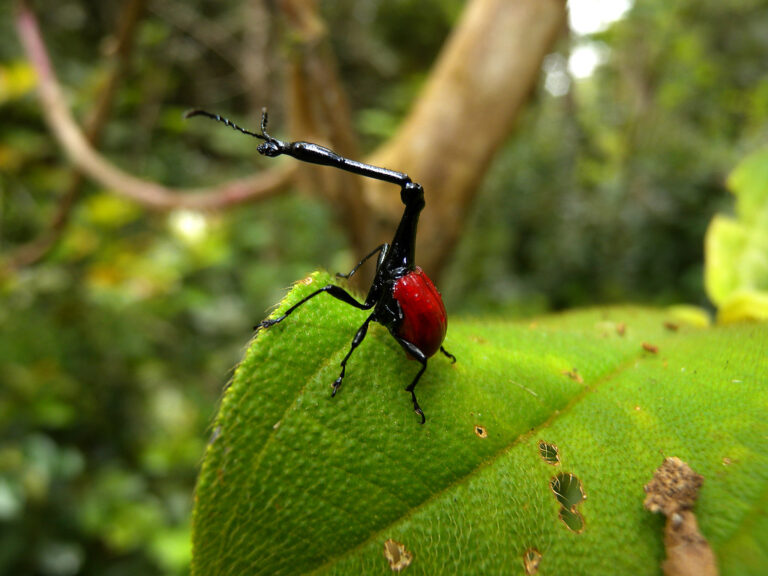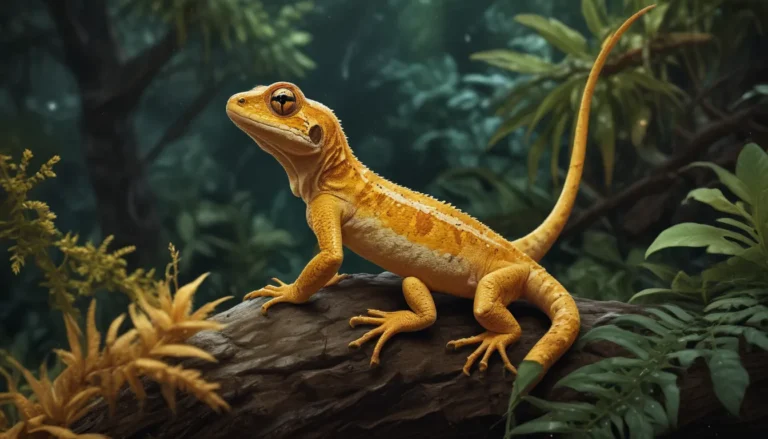The pictures we use in our articles might not show exactly what the words say. We choose these pictures to make you interested in reading more. The pictures work together with the words but don’t take their place. The words still tell you the important facts.
Welcome to the enchanting world of Golden Monkeys, where vibrant orange fur, intricate social dynamics, and endangered status converge to create a captivating narrative. As we delve into 11 golden monkey facts, you'll uncover the unique characteristics and challenges facing these remarkable creatures. From their stunning appearance to their crucial role in maintaining ecosystem balance, Golden Monkeys hold a special place in the hearts of both animal enthusiasts and conservationists. Join us on this enlightening journey to explore the fascinating world of Golden Monkeys.
Unveiling the Golden Monkeys
Golden Monkeys: The Golden Snub-Nosed Wonders
The Golden Monkey, scientifically known as Rhinopithecus roxellana, is a species of Old World monkey found in the mountainous regions of Central and Southwest China. Known for their prominently upturned noses, these monkeys boast a unique and striking appearance that sets them apart from other species.
Golden Symphony: The Vibrant Golden-Orange Fur
One of the most captivating features of Golden Monkeys is their stunning golden-orange fur. This vibrant coat not only serves as camouflage in their forested habitats but also provides protection from predators. As they age, the coloration of their fur evolves, with younger monkeys showcasing brighter and more vivid hues.
Social Butterflies: Living in Tight-Knit Troops
Golden Monkeys are highly social creatures, residing in close-knit groups known as troops. These troops consist of multiple males, females, and their offspring, with a hierarchical social structure led by an alpha male. These strong family bonds and social dynamics make Golden Monkeys a fascinating subject for wildlife enthusiasts.
Journey into the World of Golden Monkeys
Gourmet Feasters: Delving into Their Specialized Diet
These monkeys have adapted to their forested habitats by primarily feeding on a varied diet of leaves, fruits, flowers, and bamboo shoots. Their unique features, such as broad molars and expandable stomachs, allow them to efficiently digest the tough plant materials they consume, showcasing their innate adaptation to their environment.
Harmonious Melodies: The Unique Vocalizations of Golden Monkeys
Communicating through a diverse range of vocalizations, Golden Monkeys are known for their distinctive honk-like calls that echo through the forest. These vocalizations serve as a means to maintain contact with troop members and warn of potential dangers in their environment.
Acrobats of the Treetops: Masterful Climbers
With their agile and nimble nature, Golden Monkeys are adept climbers equipped with long, strong limbs and gripping hands and feet. This exceptional climbing ability enables them to forage for food, escape predators, and navigate their arboreal habitats with ease.
Guardians of the Ecosystem: The Vital Role of Golden Monkeys
Seed Dispersers Extraordinaire
Golden Monkeys play a critical role in their ecosystem as seed dispersers. Through consuming fruits and plants, they inadvertently aid in the dispersal of seeds, contributing to forest regeneration and biodiversity. Their presence is essential in maintaining the delicate balance of their mountainous habitats.
Cold-Climate Champions: Adapting to Harsh Environments
Inhabiting high-altitude regions with cold and harsh climates, Golden Monkeys have developed unique adaptations to survive in such conditions. Their thick fur provides insulation, while their upturned noses prevent frostbite by minimizing direct contact with cold air.
Ecotourism Icons: A Glimpse into the Golden Monkey World
The captivating appearance and behaviors of Golden Monkeys have made them a popular attraction for ecotourism. Many national parks and protected areas in China offer visitors the opportunity to observe these fascinating creatures in their natural habitat, contributing to conservation efforts and local economies.
Embark on a Journey of Discovery
In conclusion, Golden Monkeys are not just fascinating creatures but vital contributors to the ecosystems they inhabit. With their captivating appearance, social structures, and crucial ecological roles, these monkeys are deserving of our attention and conservation efforts. By understanding and appreciating the intricacies of Golden Monkeys, we can work towards ensuring their long-term survival and the preservation of their habitats.
Frequently Asked Questions
-
Where can golden monkeys be found?
Golden monkeys can be found in the mountainous regions of Central and East Asia, specifically in China, Vietnam, and Myanmar. -
What is the size of a golden monkey?
Golden monkeys typically measure around 18 to 26 inches in length, with their tail adding an additional 18 to 30 inches. They can weigh between 9 to 30 pounds. -
Are golden monkeys endangered?
Yes, golden monkeys are classified as endangered due to habitat loss and fragmentation. -
Do golden monkeys have any natural predators?
While they have few natural predators, golden monkeys can be preyed upon by large birds of prey and big cats such as leopards. -
How do golden monkeys communicate with each other?
Golden monkeys communicate through vocalizations, body language, and social grooming within their troop.
Join the Golden Monkey Conservation Journey
As we bid adieu to this immersive exploration of Golden Monkeys, let's remember the critical role we play in their conservation. By raising awareness, supporting local conservation organizations, and advocating for the protection of their habitats, we can safeguard the future of these remarkable primates. Together, let's ensure that the enchanting world of Golden Monkeys continues to thrive and inspire generations to come.






